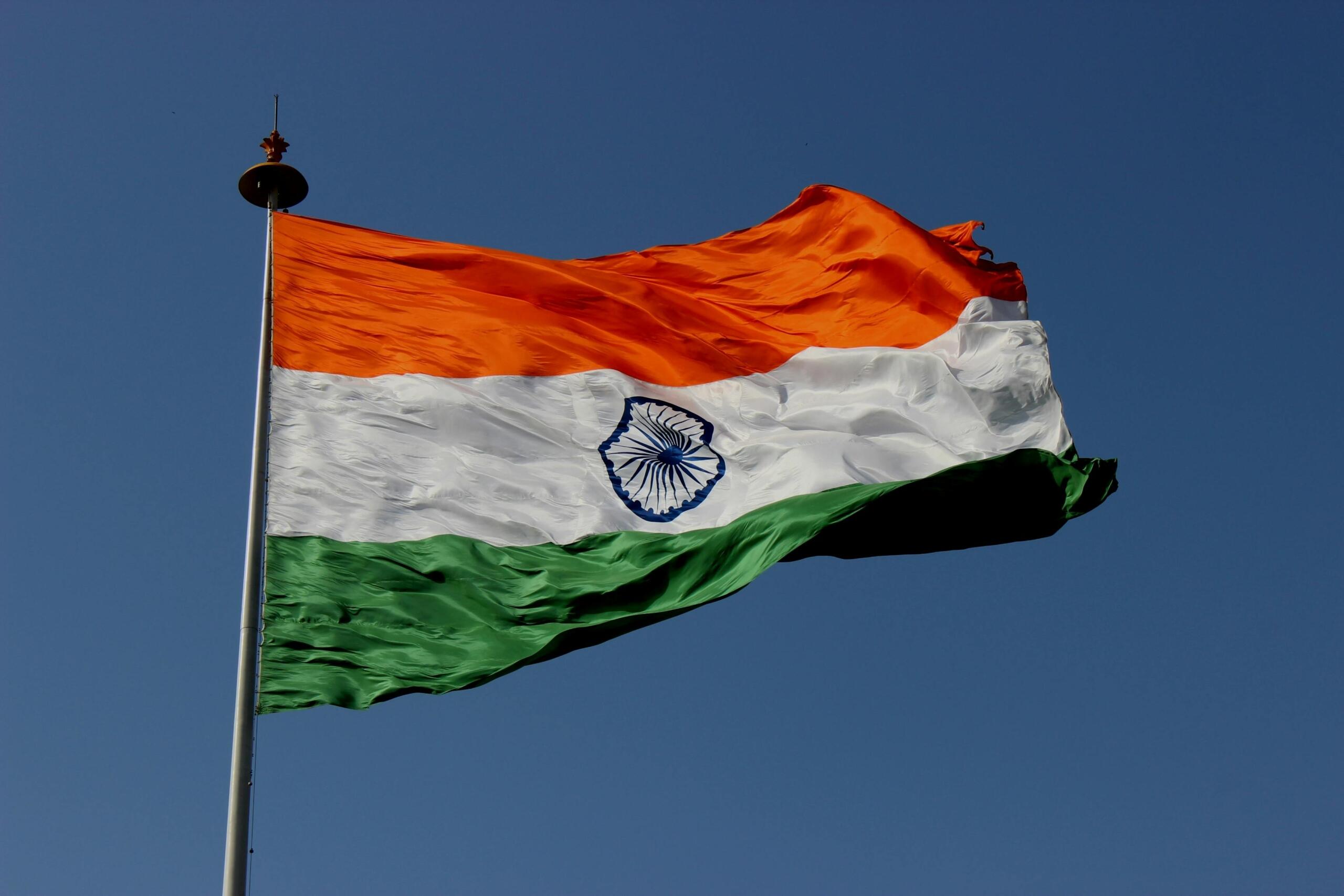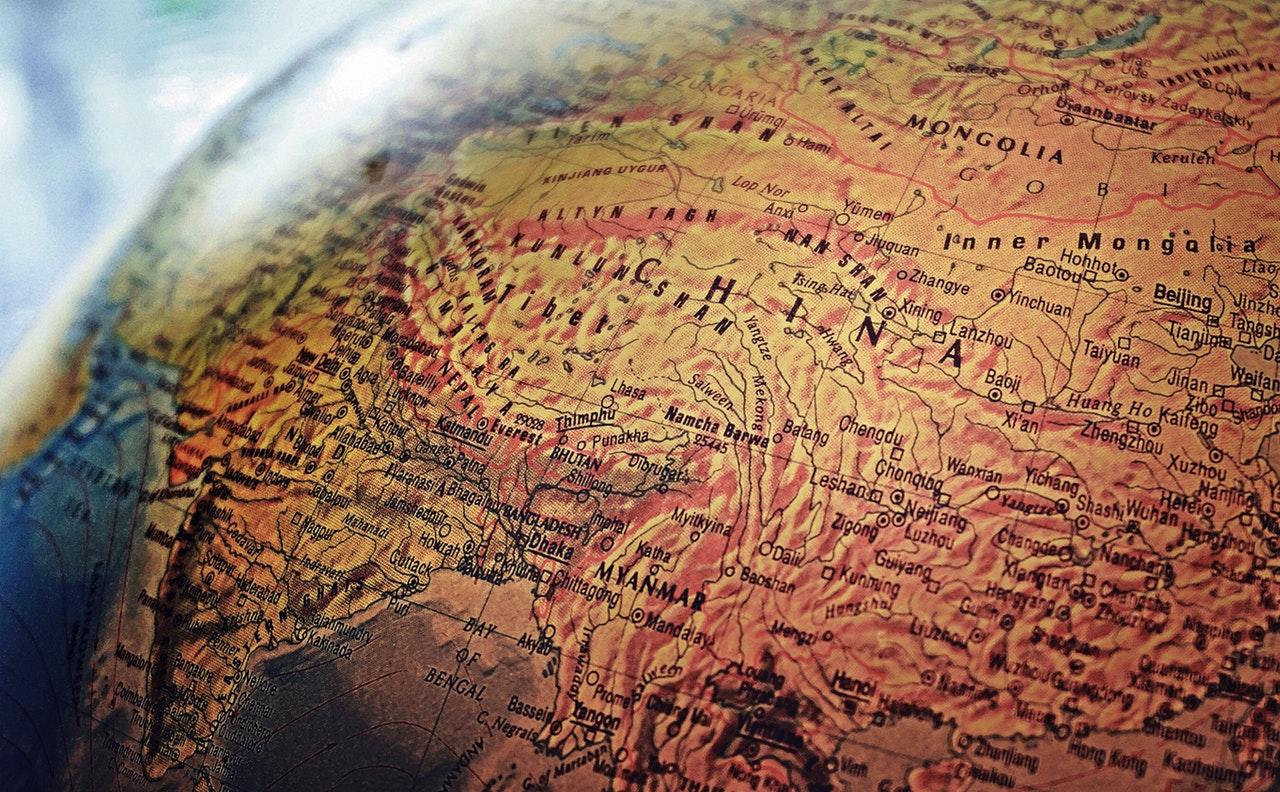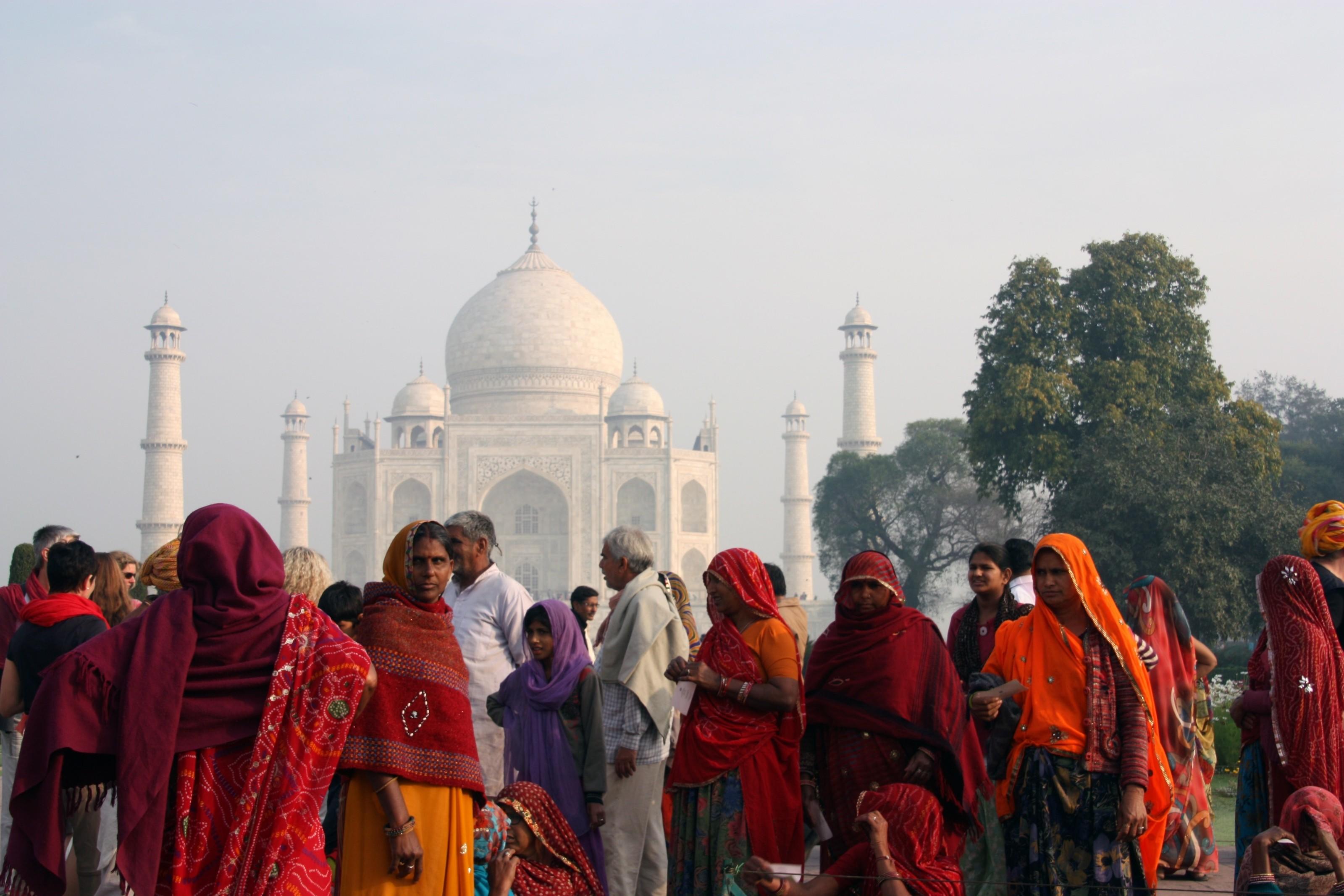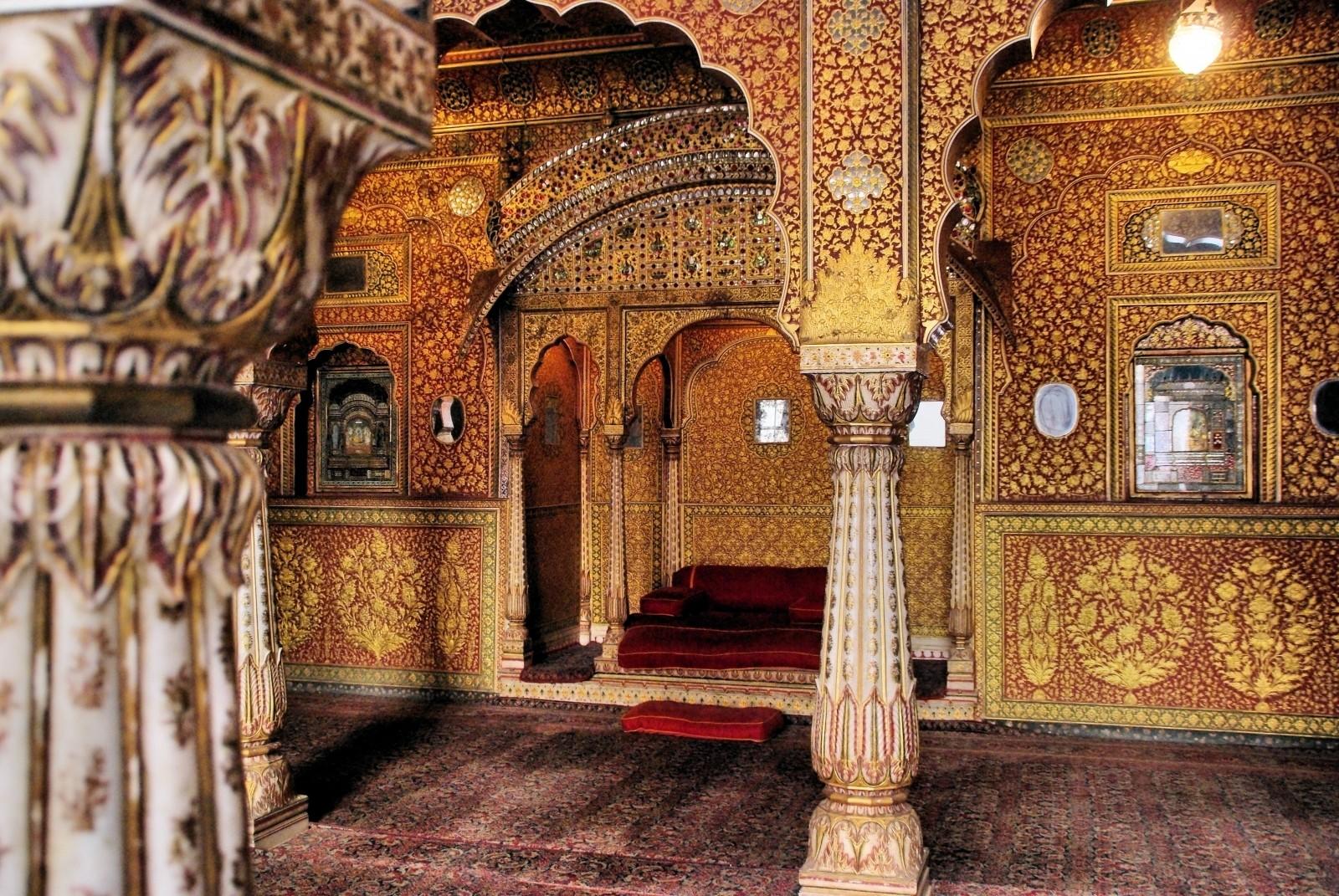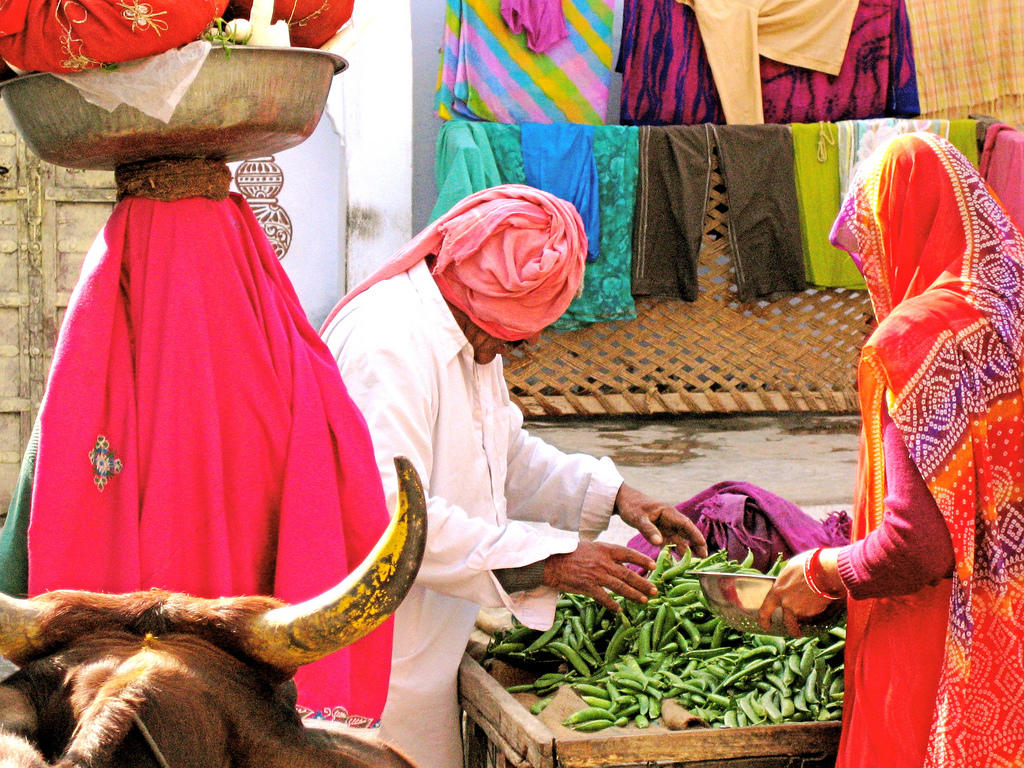Now, India, the most populous country in the entire world, is an incredibly interesting nation with a deeply rooted and unique history and culture. It’s gifted us many of our favourite things, like Bollywood and all of that flavorful food that we can’t seem to get enough of. When you take a look at how many languages a country has, you might be expected to be able to count them on one hand, or maybe even two. Well, India has 22 official languages, which is quite a substantial number, given that most of us can’t name too many after Hindi, right? You might be shocked to learn that this is only the tip of the iceberg. In fact, there are actually 121 languages in total and 270 mother tongues. In this article, we’re going to take a look at the languages that are spoken across this magnificent country and gain some further understanding of this marvel.

How many languages are spoken in India?
The 2011 Census shows that India has 121 major languages and an amazing 19,569 raw linguistic affiliations.
So, where exactly would this put the country on the world leaderboard when it comes to the countries that speak the most languages? India would actually rank fourth, behind only Papua New Guinea, Indonesia and Nigeria. You might also think that perhaps only a very small number of people spoke the majority of these languages, right? Well, this would quickly be debunked by taking a look at the 2011 census, which showed that at least 10,000 people at minimum spoke any one of these.
The 2011 Census shows that 96.71% of Indians speak one of the 22 scheduled languages as their mother tongue. Only 3.29% speak other languages. The multilingual aspect is fascinating - 26% of Indians speak two languages and 7% speak three.
If you’ve got a holiday or some travel plans in India coming up, you might be feeling a tad overwhelmed with so many languages to brush up on. Thankfully, a massive proportion of the population will be able to communicate in Hindi, seeing as it’s India's most popular language with 366 million speakers worldwide. You’ll want to note that there are two families of Indian languages: the Indo-Aryan and the Dravidian languages. The former has over 800 million speakers, and the latter has about 220 million speakers. While you might not get around to learning words in all of them, you may take some reassurance in knowing that a massive portion will also speak the 22 languages that are outlined in the Indian Constitution's Eighth Schedule. So, at least some narrowing down can be done!
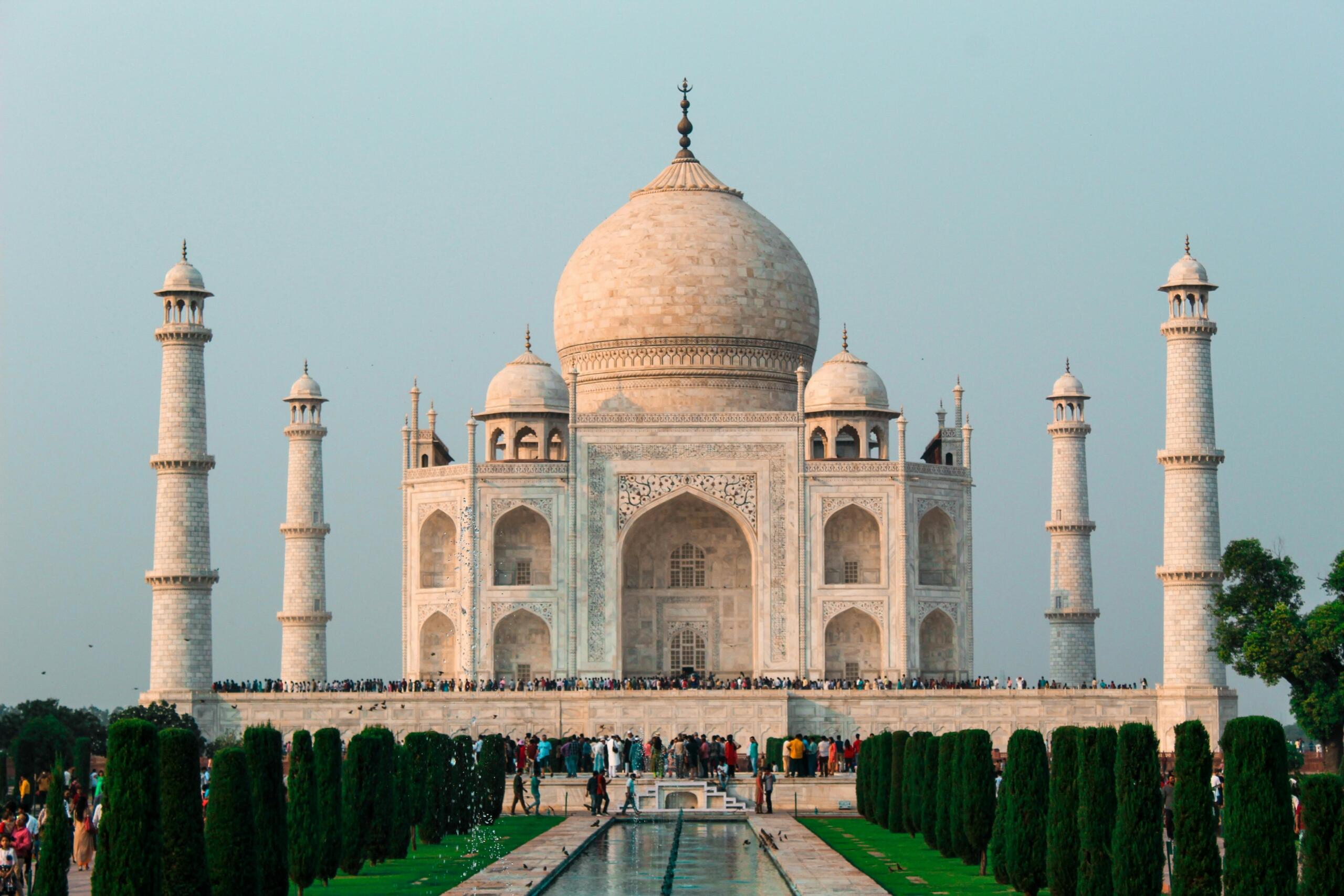
Language families in India
In order to gain some further understanding of the languages spoken in India, we’re going to take a look at the language families. What’s interesting about these families is that each has its own unique story and defining features that show centuries of cultural growth and how people moved across the subcontinent.
Indo-Aryan languages
The population of India is difficult for people from most countries to grasp. However, Indo-Aryan languages rule India's linguistic map, with 78.05% of Indians speaking them. You may be wondering about their origins and where exactly they came from. They grew from Sanskrit and flourished mainly in northern India. You also couldn't get roots much deeper than dating all the way back to 1500 BCE, having appeared in the Rigveda.
Of the languages that make up this family, Hindi, Bengali, Marathi, Gujarati, Bhojpuri, Awadhi, Odia, Maithili, Punjabi, and Kashmiri are the most spoken.
Now, among the languages in this family, there are a bunch of commonalities and a dialect continuum where boundaries often blend together. This is why when people who meet each other and speak different languages meet, they may be able to communicate in some capacity, do some similarities exist, though this isn’t always going to be the case, and you cannot expect the conversation to be extremely limited.
Dravidian languages
While the piece of the pie might seem on the smaller side in comparison to Indo-Aryan, Dravidian languages have over 19.64% of the population speaking them. Now, this may strike you as a relatively small portion, but when you factor in the population of India, that’s over 237 million speakers! These languages can be found more towards the southern side of the country. Their earliest forms appeared in southern regions where they avoided Sanskrit's influence until the 5th century BCE. The largest languages that belong to this family would be Telugu, Tamil, Malayalam, and Kannada, and they existed in India before Indo-Aryan speakers arrived.
Other minor language families
There are also a number of language groups that lie outside of these two major families. The first is the Austroasiatic family, which is native to Southeast Asia and is spoken by just over a single per cent of the population.
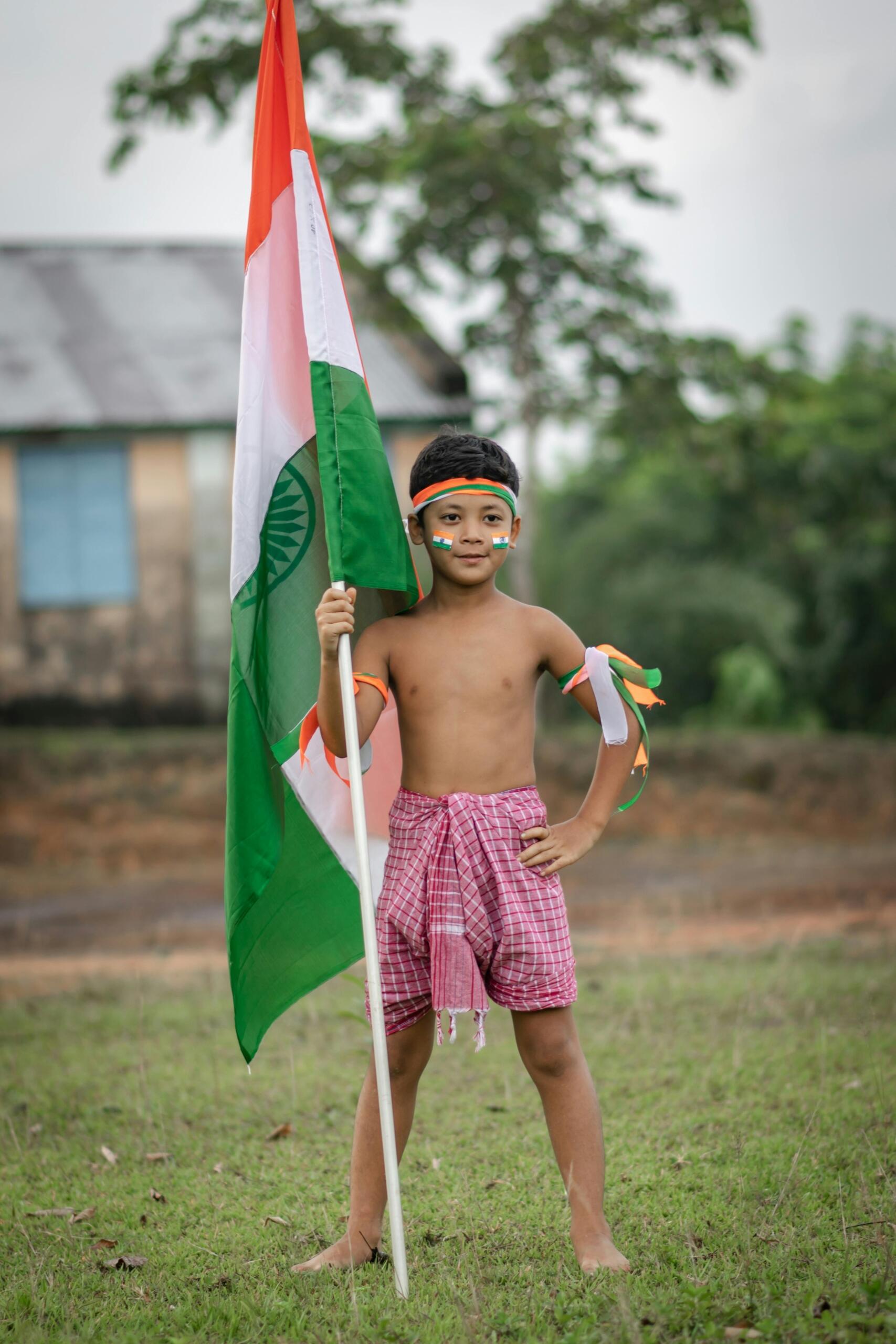
The Khasi and Munda languages belong to this family, with Santali leading the pack.
Again, this seemingly insignificant portion still equates to quite an amount, north of 13.5 million people in fact.
To put this in perspective, this is almost twice the population of the entire island of Ireland!
The next family that’s placed in this box of ‘other languages’ is the Tibeto-Burman family, which claims 1.01% of speakers, translating to roughly 12.2 million people. Among the languages that fall into this group are officially recognised languages like Manipuri (Meitei) and Bodo.

India’s Linguistic Landscape: Beyond Hindi
Of course, Hindi is the most well-known language, mostly due to it being the most widely spoken, but it only tells a portion of the story of the country’s linguistic diversity. This is a story that only begins to present itself as we explore the regional powerhouses shaping everyday communication and cultural identity.
| Language | Language Family | Approx. No. of Speakers (India) |
|---|---|---|
| Hindi | Indo-Aryan | ~530 million |
| Bengali | Indo-Aryan | ~83 million |
| Telugu | Dravidian | ~82 million |
| Marathi | Indo-Aryan | ~83 million |
| Tamil | Dravidian | ~69 million |
| Urdu | Indo-Aryan | ~50 million |
| Gujarati | Indo-Aryan | ~56 million |
| Kannada | Dravidian | ~44 million |
| Malayalam | Dravidian | ~38 million |
| Odia | Indo-Aryan | ~37 million |
Bengali
After Hindi, Bengali is the language that most people can name, so if you could, it's still worthy of a pat on the back. It’s spoken by over 80 million people in India, making it the second most spoken language in the country.
The national anthems of both India and Bangladesh are in Bengali.
As you might have guessed, it also has a storied past, having been developed in West Bengal during the 19th century. It’s also a mixed bag when it comes to influences, drawing from Sanskrit, Pali, Persian, and Arabic. As the national language of Bangladesh, Bengali also holds a strong presence on the global stage.
Telugu
This is the largest of the languages in the Dravidian family that we dove into earlier. Its literary history dates back to at least 400 BCE, and it is officially recognised as one of India’s Classical Languages. Telugu’s reach extends even beyond South India, spoken by communities in Sri Lanka and Southeast Asia, thanks to centuries of migration.
Marathi
Marathi is a language that's central to western India and historically tied to the Maratha Empire. A common theme you’re likely realising at this point is that it was also influenced by Sanskrit. However, the influences also extended to the Persian and Portuguese. Despite not being granted classical status, it is the official language of Maharashtra.
Tamil
Tamil stands out even among many of the deep routed languages that have been features so far in this article, this is because it’s the oldest recorded Indian language still in use today.
With more than 60 million speakers in India, Tamil was the first language to receive Classical recognition.
It is spoken across Tamil Nadu, Sri Lanka, Singapore, and much of the Tamil diaspora, maintaining a strong global cultural presence.
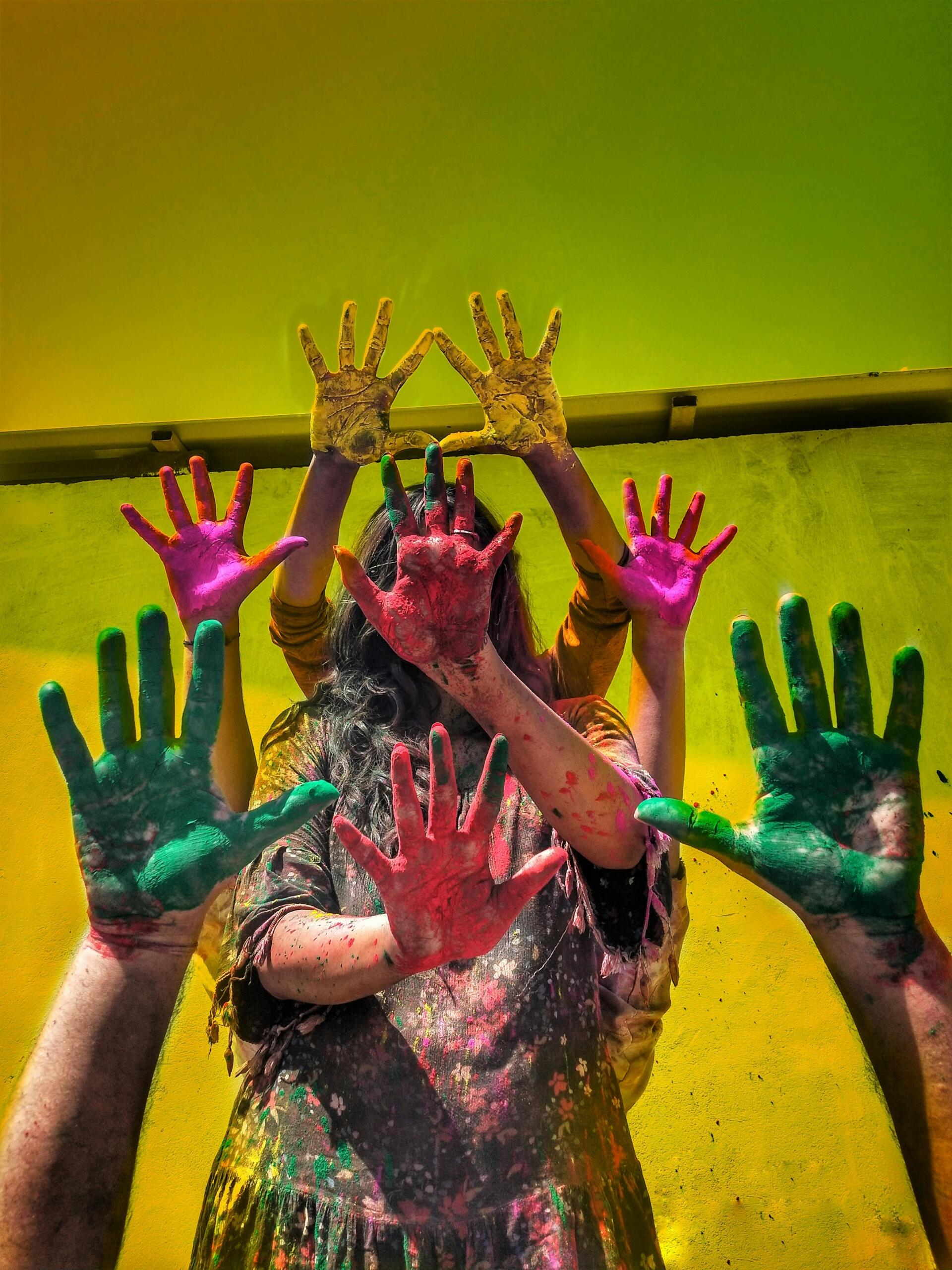
Urdu
Finally, we’ve got Urdu, which you might be surprised to hear holds official status in several Indian states. Often described as the linguistic twin to Hindi, the language is historically associated with Muslim communities and remains deeply interwoven with Hindi in everyday life.
The Use of English in India
English was introduced in India in 1611, when the East India Company arrived at the court of Mughal Emperor Jahangir and secured the rights to trade in India. The East India Company was an English private company owned by stockholders and reported to a board of directors in London. It was formed to trade with the East Indies (presently maritime Southeast Asia). While it started as a monopoly on trade institutions, the powers of the Company quickly rose to be a de facto government with its own army and legal system.
For more than a century, the Company's influence continued to grow throughout the Indian subcontinent, and in 1757, the Company started its military expansion, using the decline of the Mughal Empire to its advantage. During those years, the official language of the company's government was English, and the education system that was put in place also used English as a teaching language. In less than 50 years, the private company had conquered most of India as well as other territories in Southeast Asia. But in 1858, the British Parliament, dissatisfied with the corruption that reigned within the East India Company, liquidated it and took control of all its assets. Thus began the British Raj.

The British Crown continued to control India for almost a century until its Independence in 1947 and the subsequent creation of the Indian Union.
Although there were never many British people living in India, they controlled most of the country's wealth and political institutions.
They imposed British laws and created wicked ones to maintain their dominion over the Indian sub-continent.
During all this time, English was the language of the ruling elite, and despite India's independence, English remained an official language. Because of India's vast territories and primarily divided regions, the choice of Hindi as a national language did not appear to be fair for states in which natives spoke another language. It is mainly because of India's strong regionalism that English remains so widely used today. Higher education, most national and international businesses, as well as certain parts of the Indian government, continue to use English as their primary language.
Unlock the Rich Indian Culture by Learning about its Languages
It's interesting to see how India's culture reflects in its many languages and vice versa. Understanding how these languages came about gives us a unique insight into the history that shaped the nation.
Of course, if you're up to the task of learning some of or even portions of any of these languages, you'll unlock more of the rich Indian culture. You'll also be met with plenty of smiles if you were to speak even just a few words of these languages to the locals, if you were ever fortunate enough to make the trip. We hope that after reading, you will be informed about the languages spoken in India and how they are defined geographically.
You should be well-positioned to earn some points at the next table quiz that you attend or impress your friends or family with your newfound knowledge on the languages spoken in India.

